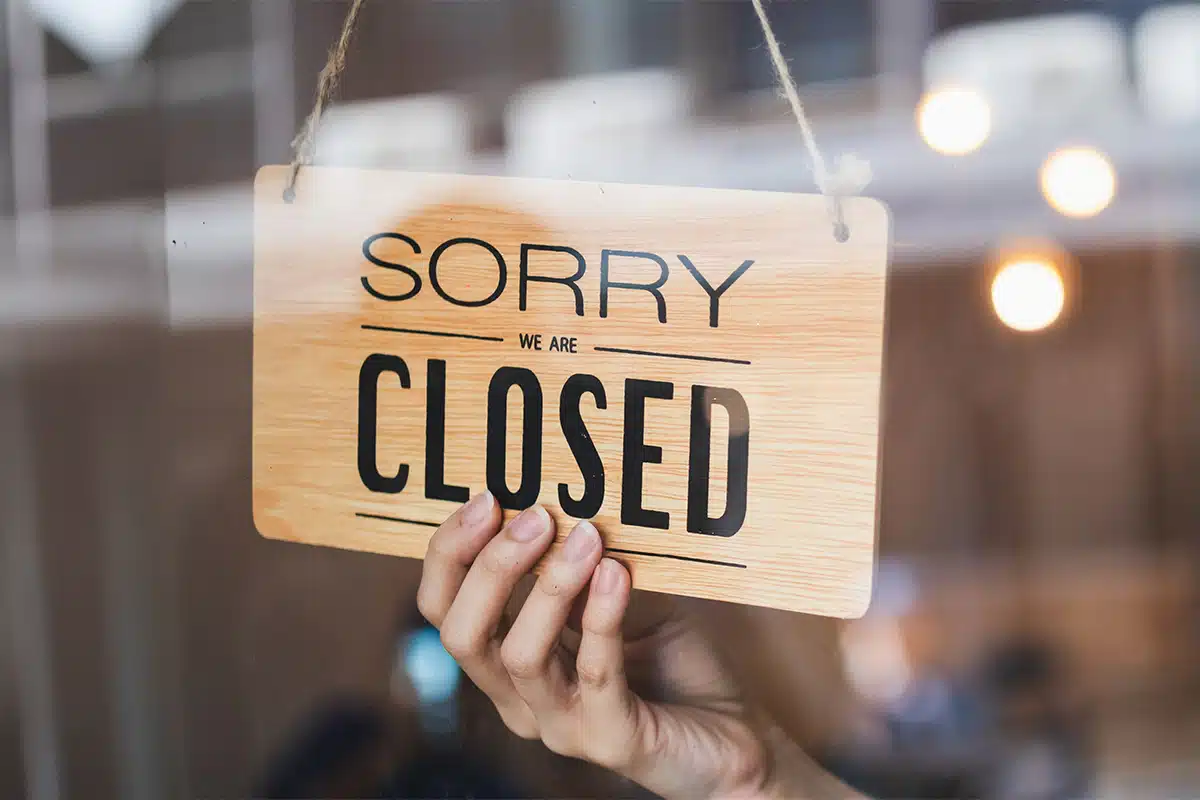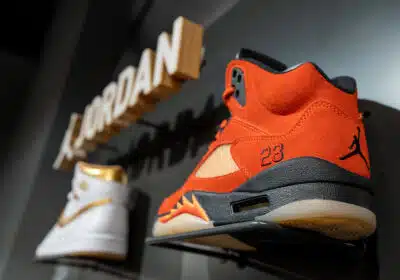
In the dynamic world of business, the line between success and failure can be razor-thin. Even the most iconic companies can falter when they fail to adapt, innovate or listen to their customers. Let’s explore new examples of once-thriving brands that lost their edge and uncover the lessons small businesses can learn from their stories.
Blackberry: The Fall of a Tech Giant
Blackberry was the ultimate status symbol in the early 2000s, dominating the mobile phone market with its iconic QWERTY keyboard. However, the brand underestimated the potential of touchscreens and the rise of app ecosystems. As competitors like Apple and Samsung embraced smartphones, Blackberry clung to its old ways, leading to a sharp decline.
Key Lesson: Adapt to consumer preferences and technological advancements, or risk being left behind.
MySpace: A Social Media Pioneer’s Demise
Before Facebook, there was MySpace, a platform that redefined social networking. Despite its early success, MySpace failed to innovate and improve its user experience. As Facebook offered a cleaner interface and broader appeal, MySpace lost its relevance, ultimately becoming a cautionary tale for the tech industry.
Key Lesson: Continuous improvement is essential to staying relevant in fast-moving industries.
Pan Am: From Aviation Leader to Historical Footnote
Pan Am was once the gold standard in international air travel, offering luxury experiences that were second to none. However, poor management, rising competition and an overreliance on prestige rather than profitability led to its downfall. The oil crisis of the 1970s further exacerbated its financial woes, and the company ceased operations in 1991.
Key Lesson: Focus on financial sustainability and adapt to external economic challenges.
Pier 1 Imports: Struggling to Stay Trendy
Pier 1 Imports was known for its unique home furnishings and decor. However, as trends shifted and competitors like Wayfair and Amazon offered more convenience and affordability, Pier 1 struggled to keep up. The brand failed to modernize its e-commerce presence and appeal to younger demographics, leading to bankruptcy in 2020.
Key Lesson: Understand and adapt to changing consumer tastes and shopping habits.
RadioShack: The End of the Electronics Retailer
RadioShack was once a go-to destination for electronics enthusiasts. However, the rise of big-box stores and e-commerce giants like Amazon rendered its business model obsolete. The company also struggled with a lack of clear direction, failing to establish itself as a modern player in the tech space.
Key Lesson: Reinvent your brand to meet the needs of new audiences and avoid becoming irrelevant.
How Businesses Can Avoid the Same Fate
- Innovate Boldly: Do not cling to what worked in the past. Businesses that embrace change thrive in the face of disruption.
- Monitor Trends: Stay ahead by keeping a close eye on market trends and customer preferences.
- Invest in Digital: From e-commerce to digital marketing, a strong online presence is non-negotiable.
- Diversify Smartly: Expanding offerings can mitigate risk, but always stay aligned with your core brand identity.
- Embrace Agility: The ability to pivot quickly can be the difference between survival and obsolescence.
The Legacy of Failure and Opportunity
From Blackberry to RadioShack, the story remains the same. Businesses that resist innovation or fail to prioritize customer needs eventually lose their competitive edge. The good news? Their mistakes provide invaluable lessons for others. By staying agile, listening to customers and investing in innovation, businesses can thrive even in challenging markets.
Ready to ensure your business does not just survive but instead thrives? At Resolution Promotions, we specialize in crafting forward-thinking marketing strategies that position your brand for lasting success. Let’s work together to build your legacy.
Resolution Promotions is in no way affiliated with any of the aforementioned brands or their subsidiary partners. This blog post is simply a review from a business and marketing perspective.


